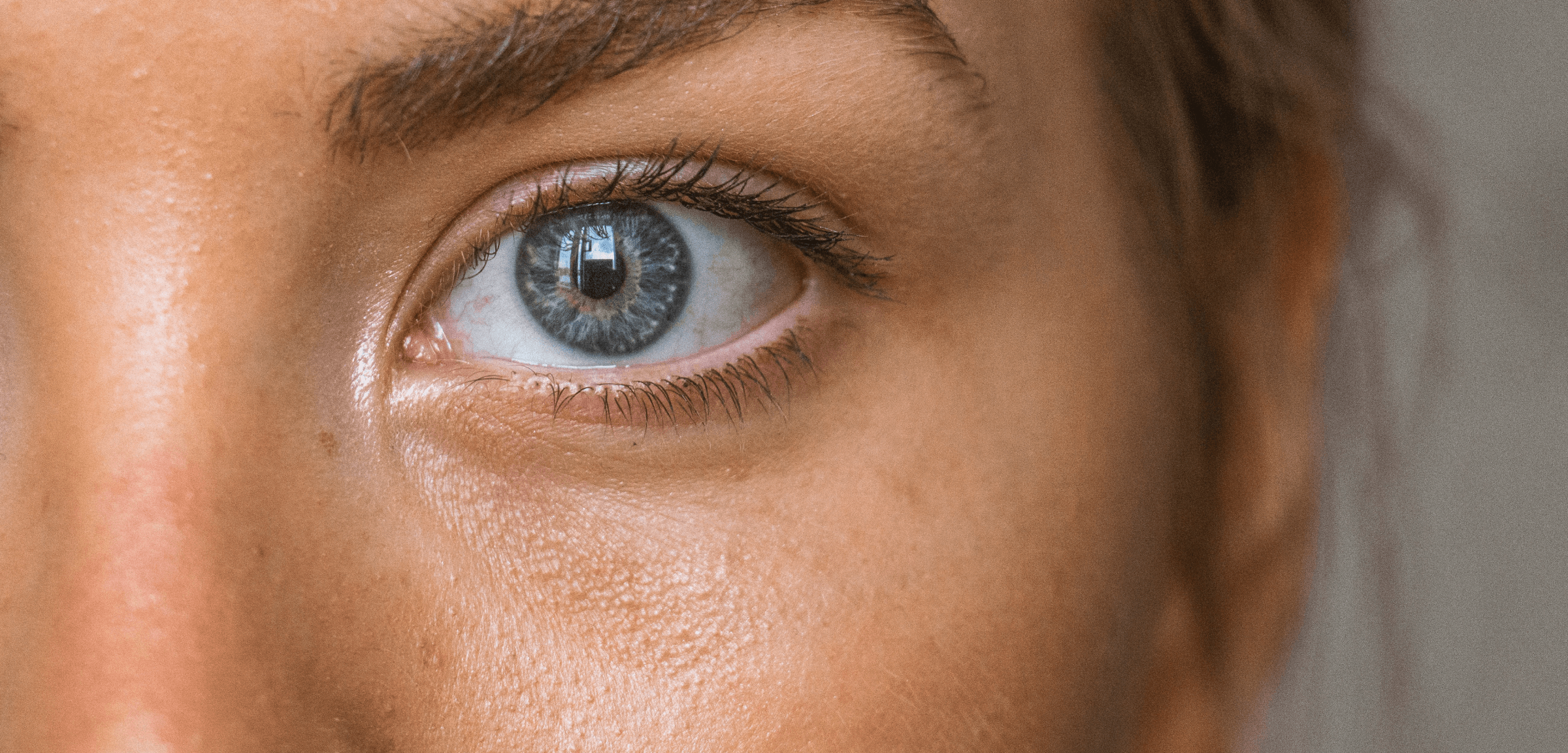
If your skin is constantly flaring up — acne, rashes, itching, or eczema — and nothing topical seems to help, it might be time to look inward.
Literally.
Your skin is often the first place your gut screams for help. And one of the most overlooked culprits? Candida overgrowth.
Let’s explore the gut–skin connection, how yeast overgrowth might be messing with your glow, and what you can do to calm your skin from the inside out.
The gut–skin axis is the two-way communication channel between your digestive system and your skin. When your gut is healthy, it helps regulate:
When it’s inflamed, leaky, or overrun with yeast? That dysfunction often shows up on your face — in the form of breakouts, dullness, redness, or mystery rashes.
Candida albicans is a yeast that naturally lives in your gut, but when it overgrows, it doesn’t just affect digestion — it can wreak havoc across your whole body, including your skin.
Here’s how it contributes to breakouts and flare-ups:
Candida can break down the gut lining, allowing toxins and undigested particles to enter your bloodstream. Your immune system reacts — often through skin inflammation.
These byproducts put pressure on your liver and lymphatic system. When detox becomes sluggish, your skin — the body’s largest detox organ — tries to pick up the slack. Cue: congestion, dullness, and breakouts.
Candida increases systemic inflammation, which can worsen acne, rosacea, eczema, psoriasis, and keratosis pilaris.
Candida can impact estrogen, insulin, and cortisol — all of which play a role in oil production, skin turnover, and acne severity.
If you’re nodding along, Candida might be behind your flare-ups — especially if topical treatments haven’t helped.
While Candida isn’t the only cause, it’s commonly linked to:
Treating these conditions from the inside out often leads to more lasting relief than just treating symptoms on the surface.
Reduce yeast overgrowth by cutting sugar, refined carbs, and alcohol. Add natural antifungals, probiotics, and liver support.
Check out: How to Start a Candida Cleanse
Help your liver and lymphatic system do their job so your skin doesn’t have to:
While you’re healing your gut, avoid over-exfoliating or harsh acne products. Look for calming, non-comedogenic options that support the skin barrier.
Everyone’s timeline is different, but most people start noticing clearer, calmer skin within 3–6 weeks of starting a Candida protocol — sometimes sooner.
Consistency matters, and so does addressing both the gut and the skin at once. It’s not about being perfect — it’s about supporting your body from the inside out.
If you’ve tried all the skincare products and your breakouts still won’t budge — your gut may be calling for backup.
Candida overgrowth can:
Balancing your microbiome with the right foods, supplements, and gentle detox support may be the glow-up your skin’s been waiting for.
This content is for informational purposes only and not intended to diagnose, treat, cure, or prevent any disease. Always consult a healthcare professional before starting a new protocol or supplement.
Don’t stop now — your microbiome’s just getting warmed up: